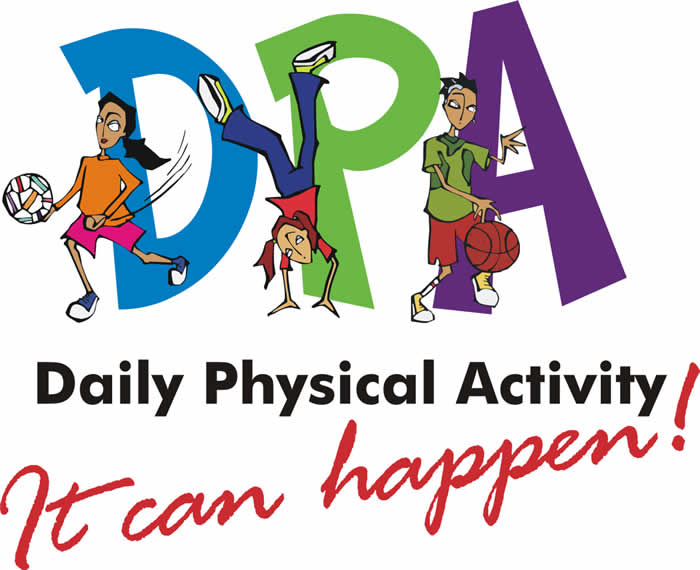Why Do You Need A Physical Activity Goal?

Although majority of Australians are knowledgeable about what makes for a healthy lifestyle, still, more and more Australians are overweight or obese. According to an article published by the Monash Obesity and Diabetes Institute, “Australia is today ranked as one of the fattest nations in the developed world,” The country is 3rd or 4th fattest nation in fact, according to an ABC report. The report also stated that 63% of adult Australians are obese or overweight.
Obesity has a far-reaching adverse effect on health, and is associated, but not limited, to the following health problems, according to a Stanford Hospital & Clinics’ article:
According to an essay published in Oxford Journals, humans are created for movement. Down to the mid-19th century, man survived as artisans, farmers, hunters, toolmakers, scavengers and gatherers. And for 99.9% of the history of man, physical activity was a characteristic of everyday life and a normal element of the ordinary world. After almost two generations, the exigencies for physical activity of work, home task and recreation have dramatically diminished as to be almost non-existent in the modern world.
Physical activity involves all types of exertion, including walking or going up the stairs. Exercise, on the other hand is exertion or activity done with a specific purpose or goal. For a physical activity to be called exercise, it should be at least 20 minutes of uninterrupted, fair to middling exertion such as walking at a moderate pace.
To increase one’s physical activity or exercising 20 minutes a day won’t take too much time. The secret is to make sure that the exercise or physical activity is done regularly and is not superseded by other activities or tasks. Health benefits can be gained from both exercise and physical activity. Incorporating them in as person’s lifestyle will doubtless offer health benefits such as weight loss, increase in energy or help in controlling a specific health problem such as cancer, heart disease, osteoporosis or diabetes. The additional benefits of physical activity are:
Regular physical activity is also a vital factor in preventing and treating obesity, a serious health issue in Australia. In fact, Australia’s Physical Activity and Sedentary Behaviour Guidelines endorses physical activity for all Australians as an “opportunity rather than an inconvenience.”
For people who have made a decision to embark on a healthy lifestyle by increasing their daily physical activity to improve their health, setting a physical activity goal is of prime importance. The goal should be sensible and achievable and has to be reviewed every now and then. To set an appropriate and a doable goal, the following should be considered:
